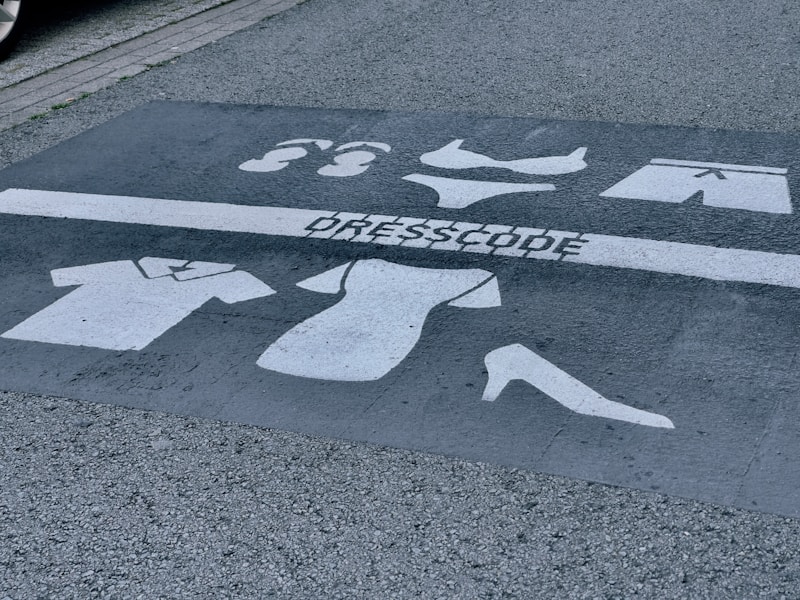8 Questions
Relaciona los siguientes conceptos de cálculo con sus aplicaciones en la vida real:
Derivadas = Determinar las tasas de cambio Integrales = Encontrar áreas bajo las curvas Límites = Concepto fundamental para cálculo Continuidad = Garantiza la solución de problemas matemáticos
Vincula los campos de aplicación con el uso de cálculo:
Física = Modelar movimiento, fuerza y energía Ingeniería = Diseñar puentes y edificios, analizar circuitos eléctricos Economía = Modelar comportamiento del consumidor, inversión corporativa Medicina = Modelar crecimiento poblacional, dosis de medicamentos
Asocia las siguientes ramas de la ciencia con ejemplos de modelado utilizando cálculo:
Biología = Modelar crecimiento poblacional Ciencias ambientales = Modelar corrientes oceánicas, cambio climático Física = Expresar conceptos como velocidad, aceleración y fuerza Economía = Modelar dinámicas de mercado
Empareja los conceptos básicos del cálculo con sus funciones principales:
Antiderivadas = Calcular integrales Derivadas = Determinar tasas de cambio Integrales = Encontrar áreas bajo las curvas Límites = Establecer el comportamiento de una función
Relaciona las siguientes áreas de aplicación con sus ejemplos específicos en cálculo:
Ingeniería = Análisis de circuitos eléctricos Medicina = Dosificación de fármacos en farmacología Ciencias ambientales = Modelar contaminación del agua Economía = Modelar comportamiento del consumidor
Relaciona los siguientes conceptos matemáticos con su definición:
Límites = Concepto fundamental en cálculo que involucra acercarse a la salida de una función para entradas cada vez más pequeñas. Derivadas = Representan la tasa de cambio de una función y permiten determinar la velocidad o aceleración de un objeto. Integral = Proceso que consiste en encontrar el área bajo una curva o la suma acumulativa de los valores de una función. Continuidad = Propiedad de una función donde su límite calculado coincide con su valor de salida en un punto específico.
Relaciona los siguientes elementos del cálculo con su propósito:
Límites = Permiten acercarse al comportamiento de una función en un punto específico. Derivadas = Ayudan a analizar cómo cambia una función en respuesta a cambios en su entrada. Integral = Calculan el área bajo una curva y encuentran sumas acumulativas de valores. Continuidad = Indica si una función tiene coincidencia entre su valor calculado y el valor real en un punto dado.
Vincula las siguientes afirmaciones sobre cálculo con el concepto correcto:
El límite es crucial para entender el comportamiento de las funciones cerca de ciertos puntos. = Límites Las derivadas nos dan información sobre cómo cambian las funciones en relación con sus entradas. = Derivadas La integral nos permite encontrar áreas bajo curvas y sumas acumulativas de valores. = Integral La continuidad indica si una función presenta saltos o interrupciones bruscas. = Continuidad
Study Notes
Exploring Mathematics: Calculus
Calculus, a branch of mathematics that traces its roots back to the 17th century, revolves around modeling change and finding expressions for it. It's a powerful tool that allows us to tackle a wide array of real-world problems with precision and clarity. Let's dive into the world of calculus to understand its fundamental ideas and applications.
Limits and Continuity
Calculus rests on the concept of limits, which involves approaching a function's output for increasingly smaller inputs. A function is considered continuous if its calculated limit matches its output at that specific input. For instance, the function (f(x) = \frac{1}{x}) is continuous everywhere except at (x = 0) because the limit as (x \to 0) does not exist due to division by zero.
Derivatives
Derivatives, or the rate of change of a function, are a fundamental concept in calculus. They allow us to determine an object's velocity or acceleration. The derivative of a function (f(x)), denoted as (f'(x)), represents the slope of the tangent line to the graph of (f(x)) at that specific point.
Mathematically, a derivative can be calculated using the limit expression (\lim\limits_{h\to 0}\frac{f(x+h)-f(x)}{h}). This expression represents the change in the function's output divided by the change in the input.
Integration
Integration, the opposite of differentiation, is the process of finding the area under a curve or the cumulative sum of a function's values. In other words, it answers questions like, "What is the total change in the function over a specific interval?"
The integral of a function (f(x)), denoted as (\int f(x)dx), can be calculated using antiderivatives. An antiderivative of a function is a function whose derivative is that function itself.
Applications of Calculus
Calculus has a broad range of applications, such as:
-
Physics: Calculus is used to model motion, force, and energy. The field of classical mechanics relies heavily on calculus to solve problems and express concepts like velocity, acceleration, and force.
-
Engineering: From designing bridges and buildings to analyzing electrical circuits, calculus is a fundamental tool for engineers.
-
Economics: Calculus is used to model consumer behavior, corporate investment, and market dynamics.
-
Biology and medicine: Calculus is used to model processes like population growth, diffusion, and drug dosage in pharmacology.
-
Environmental science: Calculus is used to model ocean currents, water pollution, and climate change.
Conclusion
Calculus is a powerful tool that allows us to tackle real-world problems with precision and clarity. With its roots in the concepts of limits and continuity, calculus introduces us to the ideas of derivatives and integration, allowing us to determine rates of change and find areas under curves. Calculus has applications in a wide array of fields, such as physics, engineering, economics, biology, and medicine. As a result, an understanding of calculus is essential for anyone seeking to delve deeper into the world of mathematics, the sciences, or engineering.
Sumérgete en el mundo del cálculo para entender sus ideas fundamentales y aplicaciones, incluyendo conceptos como límites y continuidad, derivadas, integración y sus diversas aplicaciones en campos como la física, la ingeniería, la economía, la biología y la ciencia ambiental.
Make Your Own Quizzes and Flashcards
Convert your notes into interactive study material.



